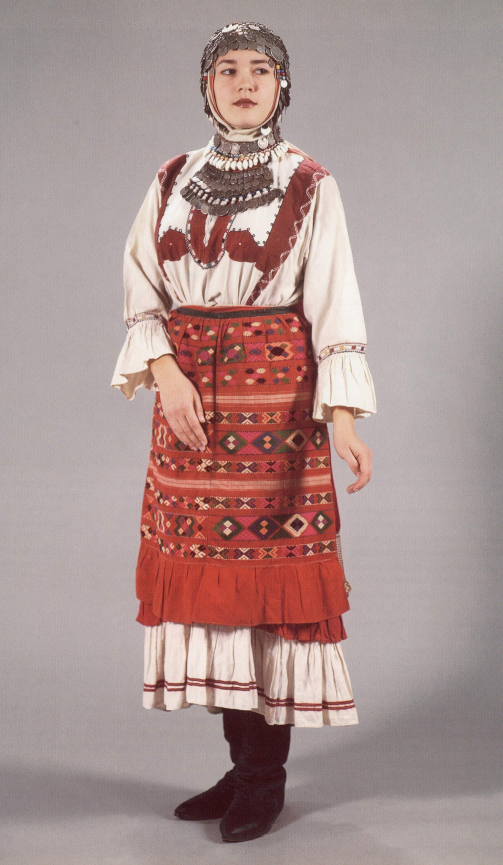Anatri on:
[Wikipedia]
[Google]
[Amazon]
Anatri ( cv, анат ''

 The men's costume is much more simple. It consists of a shirt, a woven belt, linen or wool trousers, and footwear. The men's shirt opens on the right side as opposed to the Russian men's shirt which opens on the left.
The men's costume is much more simple. It consists of a shirt, a woven belt, linen or wool trousers, and footwear. The men's shirt opens on the right side as opposed to the Russian men's shirt which opens on the left.
nat
Nat or NAT may refer to:
Computing
* Network address translation (NAT), in computer networking
Organizations
* National Actors Theatre, New York City, U.S.
* National AIDS trust, a British charity
* National Archives of Thailand
* National ...
' — lower, east) — a part of Chuvash people
The Chuvash people ( , ; cv, чӑваш ; russian: чуваши ) are a Turkic ethnic group, a branch of Oghurs, native to an area stretching from the Volga-Ural region to Siberia. Most of them live in Chuvashia and the surrounding areas, a ...
. Denomination "Anatri", i. e. lower, living downstream of Volga River
The Volga (; russian: Во́лга, a=Ru-Волга.ogg, p=ˈvoɫɡə) is the longest river in Europe. Situated in Russia, it flows through Central Russia to Southern Russia and into the Caspian Sea. The Volga has a length of , and a catchm ...
, is opposed to ''Virjal
Virjal or ''Viryal'' ( cv, вир '' ir' — upper, west and cv, ял '' al' — village, community) — a part of Chuvash people. Denomination "Virjal", i. e. upper, living upstream of Volga River, is opposed to Anatri ( cv, анат ''nat' — ...
'' or ''Viryal'' ( cv, вир '' ir' — upper, west and cv, ял '' al' — village, community), i. e. Upper Chuvash, living upstream of Volga River.
Ethnographers distinguish 3 subgroups: northern (between the Anish and Uryum rivers); underwood (подлесная in Russian) or western (between the rivers of Bolshaya Bula and Karla); southern or steppe (khirti in Chuvash) (interfluve of Kubnya and Karla)
Traditional dress
The girl's costume is based on the chemise, with the addition of an apron, ornaments hanging from the sash, neck and shoulder, and a helmet shaped headdress covered in beads and coins, which is called a tukhya. This is a very ancient Turkic custom. Similar headdresses can be found amongst a variety of other Turkic peoples in central Asia. This headdress may be connected with the very old Turkic legend of the Princess Gulaim and her forty maiden warriors, known as the Kirk Kiz. The chemise was often decorated with a chest ornamentation known as keske. The ornamentation on chuvash traditional dress is always asymmetrical.
 The men's costume is much more simple. It consists of a shirt, a woven belt, linen or wool trousers, and footwear. The men's shirt opens on the right side as opposed to the Russian men's shirt which opens on the left.
The men's costume is much more simple. It consists of a shirt, a woven belt, linen or wool trousers, and footwear. The men's shirt opens on the right side as opposed to the Russian men's shirt which opens on the left.
References
Chuvash people {{Ethno-stub